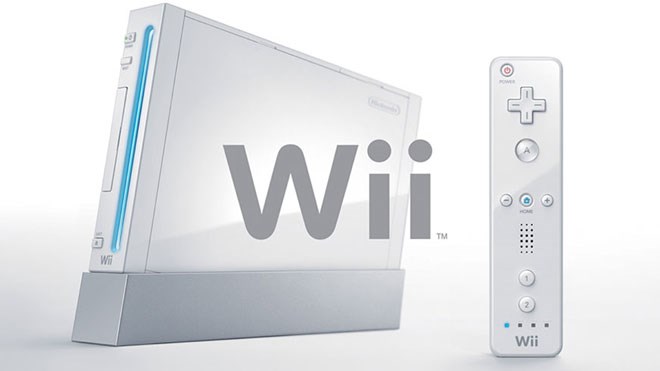I remember the first time I held a Wii remote in my hand.
I held the thin white controller in a tight grasp as I gave a quick flick of my wrist. The moment my hand shot forward, my in-game character let go of the bowling ball he was holding, sending it barreling towards the pins sitting at the end of the lane.
Up to that point, playing video games had always consisted of clutching a controller in my hands and mashing the buttons. But the Wii remote had fewer buttons, less bulk, and more it could accomplish. The addition of motion control changed the way we interacted with video games, making it a much more active pastime.
The first games weren’t anything deep or complex, but they proved that waving a wand in front of your television is a legitimate control option. Swinging your arms to hit a baseball or holding it sideways and using it as a steering wheel in “Mario Kart” consistently felt stable and functional.
Everyone could understand the controls and many of the games are simple enough that the mechanics are easy enough to just pick up and play.
This is what helped the Wii take off in the stratosphere, sell more than 100 million units and make its way into homes across the world. But this is also what killed the Wii.
The messaging around launch was that it was the system for everyone. Anyone could pick up and play anything, but this turned off hardcore gamers. They wanted more intense games filled with guns, explosions, and pools of blood. The Wii had titles like these, but the majority of games were aimed at a wide audience.
So even though series like “Call of Duty” made the jump to Nintendo’s waggle-centric console, Wii versions of games never sold well. Which, incidentally, led to a lack of third-party support for the little white box. This essentially means game companies other than Nintendo did not make very many games for the Wii, so Nintendo had to make almost all of the games that made their way to the console later in its life.
But this wasn’t really a bad thing. Personally, I would prefer to play high-production action games like “Call of Duty” with more traditional controls and the best graphics modern systems can muster. The Wii was no graphics powerhouse, usually relying on art direction or gameplay mechanics to draw in players.
Despite not having some of the biggest games in the industry on their console, Nintendo still put out some of the best games of the past 15 years. The innovative motion controls gave us new ways to interact with classic characters like Mario, Link and Kirby.
“Super Mario Galaxy” took the famous plumber and launched him into the cosmos. No longer was he simply jumping over gaps in perilously designed castles, but leaping over planetoids and jumping from planet to planet. The controller was shaken to make Mario launch a spin attack, hitting anything around him. It was a simple input that made controlling the nimble Italian much easier.
This kind of mentality penetrated every one of Nintendo’s games on the Wii. Using the Wii remote to aim your bow in “The Legend of Zelda” felt much more interactive and visceral than simply moving the thumbstick slightly to the left. But even these stellar experiences couldn’t bring early adopters back to the system after the Xbox 360 and PS3 showed their visual prowess.
But that is part of the charm of the Wii, to me. It was never concerned with having the shiniest graphics or the best online features. Nintendo has always succeeded in creating fun, addictive gameplay, and its releases on the Wii personify this idea. Gameplay and the ideas behind the games took center stage.
Nintendo is a Japanese company, and the Wii saw a couple of bizarre titles being either published or developed by them. The catalog of games was incredibly different when compared to Microsoft and Sony’s boxes.
Now, the Wii is remembered by the general public as little more than a “Wii Sports” and “Mario Kart” machine. Maybe the motion controls just weren’t for some people, or maybe the library of games wasn’t for everyone. But those who spent countless hours trudging through dungeons in “Zelda”, or beating up their friends in “Super Smash Bros. Brawl” remember how fun the Wii was, and is.
When it comes down to it, the games are what make the system, and the Wii had plenty of them. So does the Wii U, but Nintendo trying new things with its consoles didn’t pay off as well the second time.
I will always fondly remember the Wii. I spent countless hours plugging away at a variety of games. Nintendo will always hold a special place in my heart, their series shaping the kind of gamer I am today.
Matthew Herst is a Carleton University communications student, video game journalist and Sudbury.com’s resident geek writer. Yeah, this guy loves video games. Besides Sudbury.com, you can also find his work on TheNerdStash.com. Follow him on Twitter @supergurst.
